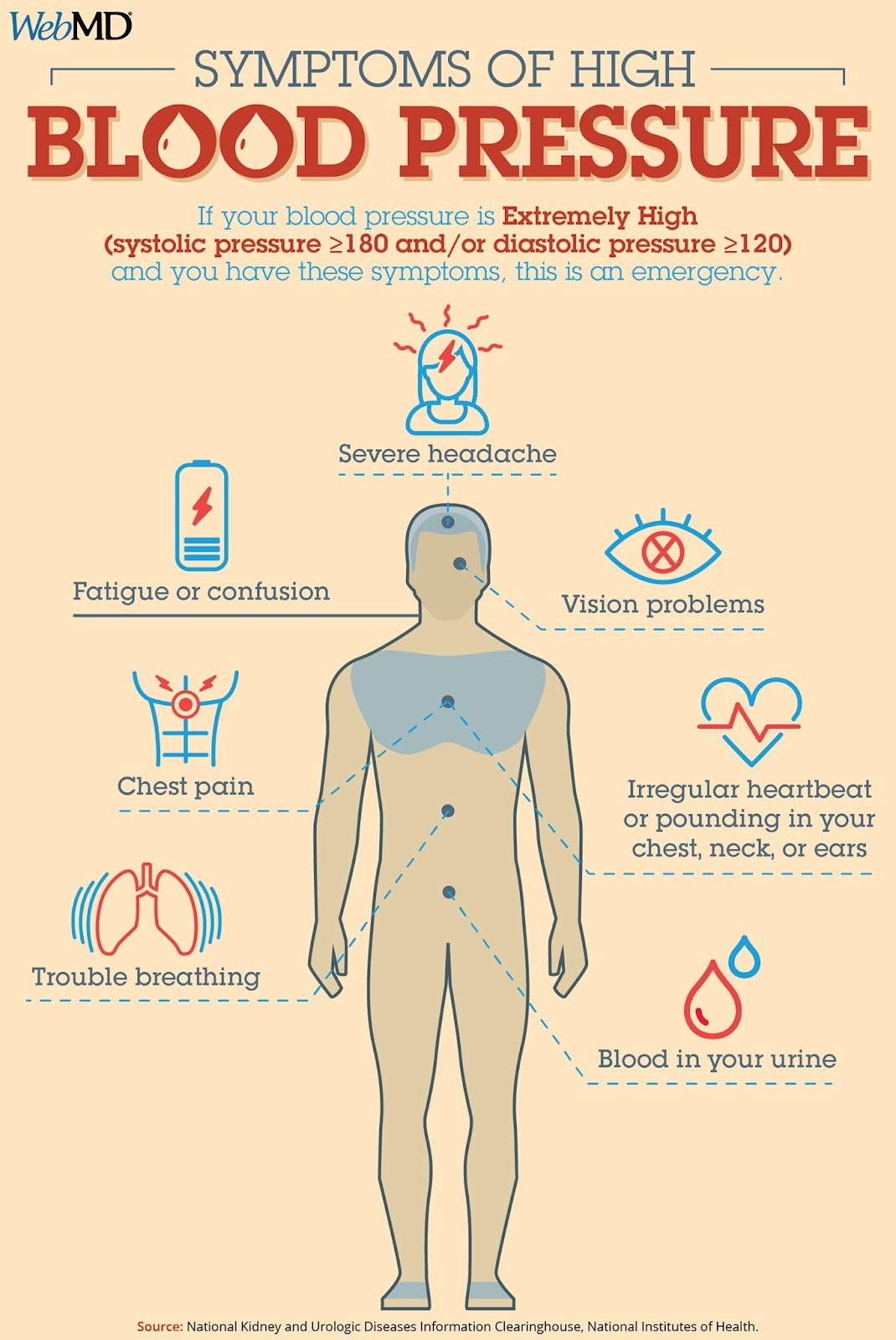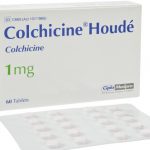
Signs Your Blood Pressure Is Too High
Blood pressure, the pressure exerted by blood on arteries, can be indicated by various signs such as flushing, dizziness, and blood spots in the eyes.
Blood pressure is a measurement of how forcefully blood pushes against artery walls as it circulates through the body. A doctor checks your blood pressure to ensure that it is within a healthy range—not too high or too low. If it exceeds a certain level, it can lead to heart and blood-related issues.
A blood pressure reading typically consists of two numbers: the top number represents systolic blood pressure (when the heart contracts) and the bottom number represents diastolic blood pressure (when the heart expands).
So how can you determine if your blood pressure is too high? Read on to learn about the signs, symptoms, and treatment options for high blood pressure.
What is high blood pressure?
High blood pressure is defined as a measurement of 130/80 millimeters of mercury (mm Hg) or higher. In the United States, nearly half of adults have high blood pressure or take medication to manage it. If left untreated, high blood pressure can lead to serious medical conditions such as heart disease and stroke, which cause millions of deaths each year.
Signs of high blood pressure
High blood pressure is often referred to as a "silent condition" because many individuals are unaware they have it. Regular blood pressure measurements are necessary to accurately diagnose high blood pressure. Some symptoms that may indirectly indicate high blood pressure include:
Blood spots in the eyes
While having red spots in the eyes is often associated with high blood pressure or diabetes, these conditions do not cause blood spots directly. An ophthalmologist can determine if hypertension is affecting the optic nerve and causing blood spots in the eyes.
Facial flushing
Facial flushing can occur due to various factors, such as consuming spicy foods, hot drinks, wind, stress, hormonal changes, or certain skincare products. While high blood pressure can result in facial flushing, it is not the sole cause.
Dizziness can be an early warning sign of a stroke. Since high blood pressure is a major risk factor for stroke, there may be a connection between high blood pressure and dizziness. Additionally, certain blood pressure medications can cause dizziness as a side effect.
Types of high blood pressure
High blood pressure is classified into two types based on the blood pressure range:
- Stage 1: Systolic reading of 130–139 mm Hg or a diastolic reading of 80–89 mm Hg
- Stage 2: Systolic reading of 140 mm Hg or higher, or a diastolic reading of 90 mm Hg or higher
Causes of high blood pressure
Genetics and age play a role in the likelihood of developing high blood pressure. If you have a family history of high blood pressure or are middle-aged or older, you may have a higher risk. Other risk factors include:
- African American ethnicity
- Use of oral contraceptives in women
- Excessive alcohol consumption
- High-sodium diet
When to seek medical attention for high blood pressure
Since high blood pressure often has no noticeable symptoms, it is likely to be diagnosed during a routine medical check-up. If you are diagnosed with hypertension, it is important to continue seeing your doctor, especially if you are unable to manage your blood pressure through medication or lifestyle changes.
It is also crucial to seek medical attention if you experience a hypertensive crisis related to high blood pressure. There are two types of hypertensive crises:
Hypertensive emergency
A hypertensive emergency is a rare and life-threatening condition characterized by a blood pressure reading of 180/120 mm Hg or higher, accompanied by symptoms indicating organ damage. If you experience a hypertensive emergency, call emergency medical services immediately.
Symptoms of organ damage may include:
- Chest pain
- Shortness of breath
- Numbness or weakness
- Changes in vision
- Back pain
- Difficulty speaking
Hypertensive urgency
If your blood pressure is elevated (180/120 mm Hg or higher), but you do not experience symptoms of organ damage, it is considered hypertensive urgency. Wait for five minutes and measure your blood pressure again. If it remains high, contact your doctor’s office. Your doctor may need to adjust your medication, but hospitalization is not usually required for hypertensive urgency.
Tests for high blood pressure
During a doctor’s appointment, your blood pressure is routinely checked since high blood pressure does not typically present noticeable symptoms. Testing is the only way to detect it.
A device called a sphygmomanometer, commonly known as a blood pressure machine, is used to measure blood pressure. The machine includes a cuff that is wrapped around your arm. Healthcare professionals may use a manual blood pressure cuff and a stethoscope, or you can use an electronic blood pressure monitor at home. The test takes only a minute or so.
When measuring blood pressure, two numbers are observed:
- Systolic pressure: the top number representing the pressure when the heart contracts
- Diastolic pressure: the bottom number representing the pressure when the heart relaxes/fills with blood
A systolic reading of 140 mm Hg or higher and a diastolic reading of 90 mm Hg or higher indicate high blood pressure. In such cases, the healthcare professional may wait a few minutes and recheck the blood pressure. If it remains high, they may recommend monitoring blood pressure at home.
High blood pressure may indicate an underlying medical condition. Additional tests such as urine tests, blood tests, or electrocardiograms (EKGs) might be ordered to assess your overall health and heart function.
Treatment for high blood pressure
Before prescribing medication, doctors typically recommend lifestyle changes to help lower blood pressure. These changes may include:
- Regular exercise
- Following a heart-healthy, low-sodium diet
- Maintaining a healthy weight
- Stress management
- Smoking cessation
- Limiting alcohol consumption
For many individuals, especially those with stage 1 hypertension, lifestyle changes alone can bring blood pressure within the normal range.
If lifestyle changes do not effectively reduce blood pressure, medication may be prescribed. Medications are usually recommended for individuals with stage 2 hypertension or individuals with stage 1 hypertension who have a history of heart attack or stroke.


